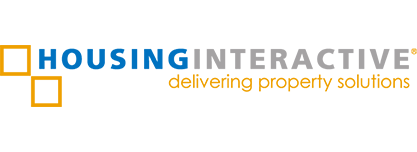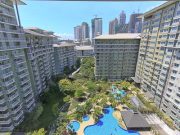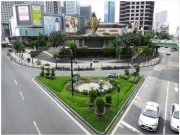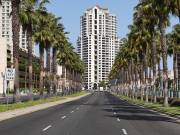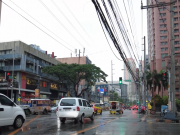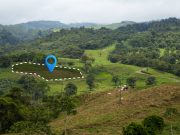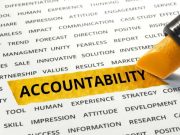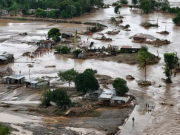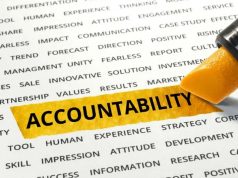Executive Report
By Sheila Viesca, Ph.D.
COO – HousingInteractive l The Philippines’ Pioneer Online Brokerage
Aging infrastructure, combined with the impacts of climate change, presents considerable challenges to real estate development. Increased maintenance costs and diminished property values result from the built environment’s growing vulnerability to extreme weather events (e.g., urban flooding, extreme heat, natural disasters). Climate change effects, such as sea-level rise and temperature increases, further exacerbate these challenges. Prioritizing infrastructure resilience and adaptation is crucial for mitigating these risks, safeguarding communities, fostering sustainable development, and supporting economic growth. Effective and future-oriented development strategies necessitate a comprehensive understanding of these interconnected challenges.
The Philippine real estate landscape is undergoing a transformational shift driven by two converging forces: aging infrastructure and escalating climate change threats. As the country faces growing urban density, decades-old utilities, and increasingly frequent climate-related disasters, developers are urged to reimagine project planning and execution to overcome these challenges. These pressures shape everything from site selection to design and long-term sustainability planning.
As the nation’s largest and pioneering online real estate brokerage, HousingInteractive sits at the forefront of this evolution. Our data, market insights, and partnerships with developers nationwide provide a unique lens into how these macro factors influence project pipelines and consumer preferences, fostering greater awareness.
“We are no longer just selling homes—we are guiding people toward safer, smarter, and more sustainable living. At HousingInteractive, our mission is to empower every Filipino buyer and investor with the tools to make resilient, future-ready decisions.”
— John Riad, CEO of HousingInteractive
This report analyzes the impact of aging infrastructure and climate change on new developments, explores adaptation strategies, and outlines future-proof measures for developers and investors.
Aging Infrastructure: The Hidden Risk Beneath Growth
1. Urban Infrastructure at a Breaking Point
Metro Manila, home to over 13 million people, is burdened with infrastructure originally designed for a population less than half its current size. According to the National Economic and Development Authority (NEDA), over 60% of Metro Manila’s water, power, and transport systems are over 30 years old. These systems are ill-equipped to handle rapid urbanization, resulting in frequent blackouts, floods, and traffic congestion.
2. Economic Cost of Obsolescence
A World Bank study estimated that Philippine cities lose over PHP 1 trillion annually in productivity due to outdated transport systems and utilities. This reality drives developers and businesses to invest in private infrastructure solutions, such as independent water treatment facilities and microgrids, to assure buyers of uninterrupted services.
3. Developer Responses
- Integrated Utilities: Leading developers like Ayala Land and Megaworld have started integrating smart infrastructure systems in new projects, from fiber-optic internet grids to solar-powered common areas.
- Vertical Expansion: With land constraints and old drainage systems in low-lying areas, developers are shifting to vertical mixed-use developments, integrating commercial, residential, and transit components to reduce congestion and pressure on failing public infrastructure.
Climate Change: A New Risk Paradigm
1. A Country on the Climate Frontline
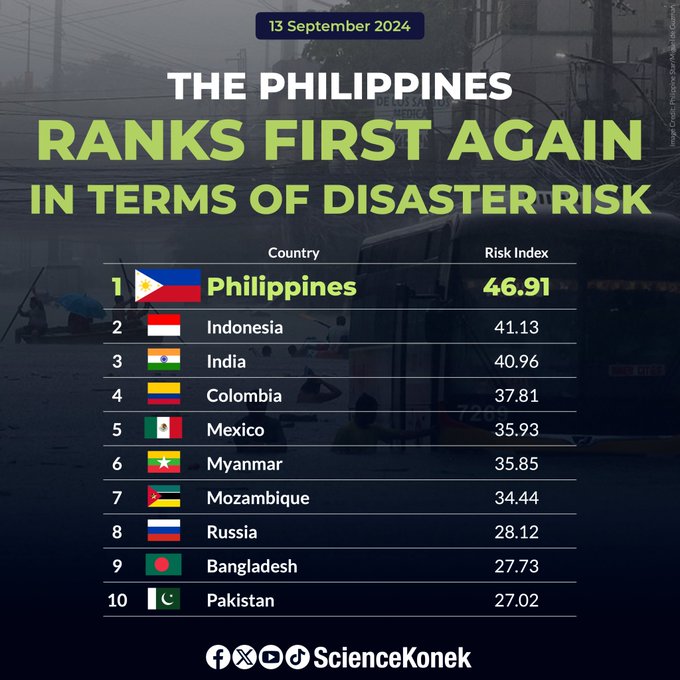
The Philippines ranks first in the World Risk Index 2023 as the most disaster-prone country globally. It experiences an average of 20 typhoons annually, with floods, landslides, and rising sea levels affecting nearly 60% of its population. The Department of Environment and Natural Resources (DENR) reports that approximately 13.6 million Filipinos live in climate-vulnerable coastal areas.
2. Impacts on Real Estate
Climate change has created a paradigm shift in property development, particularly concerning urban flooding :
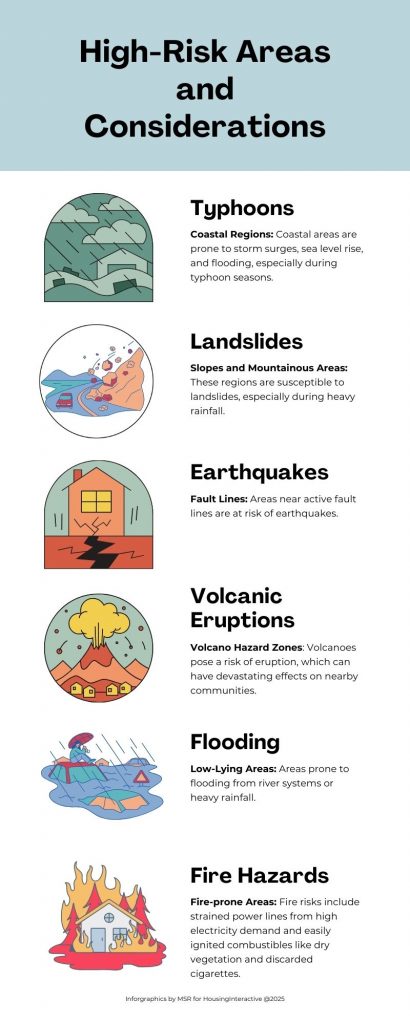
- Flooding Risks: 70% of Metro Manila is considered flood-prone by PAGASA, deterring buyers from investing in low-lying areas like Marikina, Navotas, and Malabon.
- Insurance and Financing Implications: Properties located in high-risk zones are experiencing up to 25% higher insurance premiums and stricter lending criteria from banks and insurers.
3. Climate-Responsive Design Trends
Developers are increasingly integrating climate-resilient features:
- Elevated building podiums to withstand floods
- Green roofs and rain gardens to manage stormwater
- Use of climate-adaptive materials like heat-reflective glass and modular concrete
- LEED and BERDE-certified projects are gaining market favor due to energy efficiency
Urban areas grapple with aging infrastructure, poor transit, and limited green spaces, intensifying climate change effects like flooding, heat, and pollution. In collaboration with city officials, developers must prioritize citizen needs and economic growth by implementing innovative and sustainable infrastructure solutions to enhance resilience and quality of life.
How These Forces Shape New Development Patterns
Economic constraints often challenge real estate development’s efforts to address aging infrastructure. However, sustainable infrastructure investments offer long-term economic advantages like lower maintenance and higher property values. Developers must strategically balance upfront costs with the necessity of sustainable practices to foster economic growth and build a climate-resilient future.
1. Site Selection Strategies
Developers are now prioritizing locations that:
- Are situated above 10 meters in elevation (flood avoidance)
- Are within or near new government infrastructure (i.e., Build, Better, More program zones)
- Have access to stable utility networks or private systems
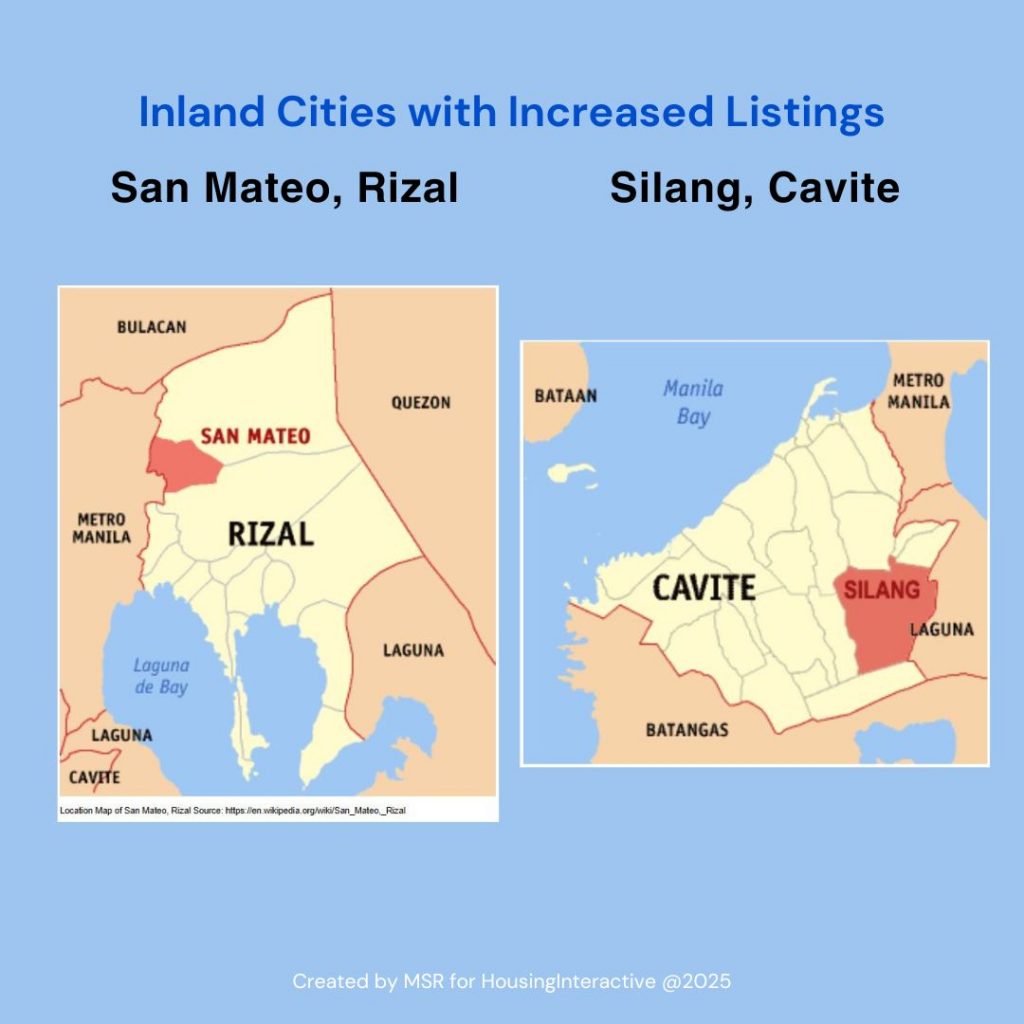
HousingInteractive data reveals a 41% increase in listings from inland cities such as San Mateo, Rizal, and Silang, Cavite, over the last two years—areas seen as safer from flooding and urban congestion, prompting developers to implement new initiatives.
2. Rise of Resilient and Sustainable Townships
Townships are no longer just lifestyle havens—they are urban resilience hubs. Key features now include:
- Renewable energy sources (e.g., solar farms powering entire villages)
- Centralized water recycling and gray water systems
- Waste segregation and zero-waste policies
- Prioritizing human health in real estate development necessitates climate-resilient infrastructure
| Renewable Energy Source | Percentage Share (%) | Installed Capacity (MW) |
| Geothermal | 14.6% | 1,932 MW |
| Solar | 1.0% | 1,382 MW |
| Wind | 0.4% | 443 MW |
| Hydropower | 4.1% | 1,161 MW |
| Biomass | 12.6% | 759 MW |
| Total (Renewables) | 32.7% | 5,677 MW |
Market Intelligence: Philippines Renewable Energy, The International Trade Administration
Examples:
- Nuvali by Ayala Land integrates climate resilience with a 1,860-hectare ecocommunity powered partially by solar and designed with natural floodwater catchment areas.
- Capital Town in Pampanga by Megaworld is master-planned to include elevated walkways and green corridors as climate buffers.
3. The Role of the Built Environment
- Sustainable building and infrastructure are key to reducing greenhouse gas emissions and improving energy efficiency.
- Building codes ensure climate resilience in new construction.
- Built environment offers avenues for innovative sustainability and resilient communities.
- Sustainability prioritization lowers developers’ climate change-related costs.
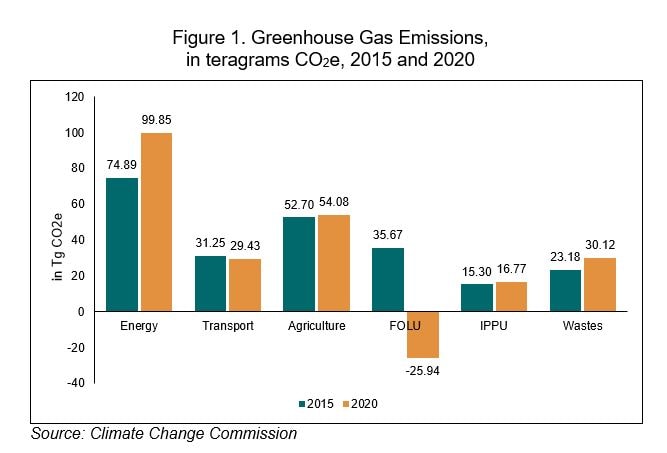
Proactive maintenance and adaptive design are crucial for infrastructure resilience against climate change impacts. Developers should incorporate measures like flood-proofing and climate-resilient materials in new construction. Prioritizing these strategies protects communities and fosters sustainable development.
Regulatory Shifts and Public-Private Synergies
1. Government Incentives and Mandates
Though underutilized, the Philippine Green Building Code (GBC) encourages developers to embrace sustainable design. Meanwhile, the Build Better More (BBM) infrastructure program—with over PHP 1.2 trillion in annual investment—promotes climate-resilient infrastructure such as elevated expressways and flood-control systems. New zoning ordinances also restrict development in high-risk zones, leading developers to factor climate risk models into project planning.
2. Public-Private Collaborations
Real estate firms are increasingly partnering with LGUs and international NGOs to develop resilient housing for vulnerable populations. For instance:
- SMDC and the Climate Change Commission are exploring micro-insurance and low-cost housing resilience audits in typhoon-prone areas.
Buyer Preferences and Investment Trends
1. Shift in Buyer Priorities
HousingInteractive’s 2024 consumer behavior analysis reveals:
- 76% of buyers now ask about flood history and climate risks before inquiring about a property
- 62% of inquiries in Q4 2024 were for developments with green certifications
- There’s been a 28% increase in searches for properties in elevated, low-risk regions like Antipolo, Tagaytay, and Santa Rosa
2. Implications for Developers
To attract and retain buyers:
- Transparency around flood risk, infrastructure quality, and sustainability features is becoming essential
- Bundled services, such as disaster insurance or power backup plans, are gaining traction as part of premium offerings
- Developers offering climate-adaptive living environments are seeing up to 15% higher selling prices and lower vacancy rates
How HousingInteractive Leads in a Changing Landscape
As the Philippines’ first and largest online brokerage platform, HousingInteractive provides data-backed insights and tech-driven solutions to bridge developers and investors with future-ready real estate.
1. Data-Driven Listings and Risk Mapping
HousingInteractive uses advanced GIS and climate risk mapping to tag listings with flood, elevation, and seismic data—empowering buyers with informed decisions.
2. Developer Partnerships for Resilience
Through strategic partnerships with over 500 developers nationwide, we support promoting green-certified, resilient projects and prioritize listings with smart infrastructure components.
3. Educating the Market
Our commitment to thought leadership is evident in:
- Weekly webinars with developers and environmental planners
- Publishing monthly “Resilient Property Index” reports
- Launching the “Green Home Finder”—a one-click search tool for certified sustainable homes
Conclusion
Aging infrastructure and climate change are not distant threats—they are today’s development imperatives. Real estate in the Philippines is undergoing a seismic shift, where resilience, sustainability, and innovation are not optional, but foundational.
Addressing aging infrastructure demands a holistic approach integrating sustainability, resilience, and climate change mitigation in real estate development. Developers should prioritize adaptive measures and sustainable practices to foster thriving, resilient communities that support economic growth and environmental protection. Future development should focus on climate-resilient infrastructure, green spaces, renewable energy, sustainable transportation, and affordable housing to create a more sustainable built environment.
As the Philippines’ trusted and pioneering real estate platform, HousingInteractive is proud to lead the industry in championing data-driven, climate-smart property investment. For developers, brokers, and homebuyers alike, building forward means building wisely to improve life—and we are here to guide that journey every step of the way.
For more insights and listings backed by geospatial data, risk analysis, and climate resilience ratings, visit HousingInteractive.com.
